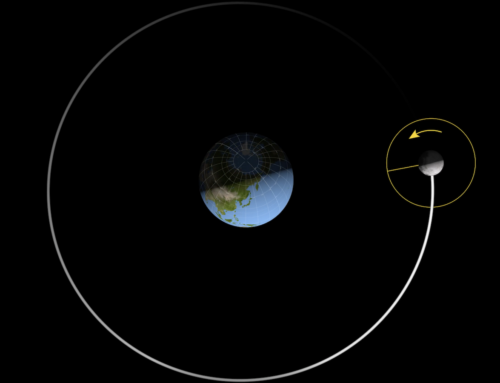
Chief of Space Operations Gen. Chance Saltzman hosts an office call to officially welcome UK Air Vice Marshal Paul Godfrey to the Space Force staff in the Pentagon, Arlington, Va., June 18, 2024. Godfrey, recently promoted to Air Marshall, is the former commander of UK Space Command and the first foreign officer to join the US Space Force command staff. (US Air Force photo by Andy Morataya)
WASHINGTON — The Space Force is working on a new strategy for working with allied and partner nations to integrate their capabilities into US plans for future warfighting, starting from early concept development of needed capabilities and running through wargames and exercises, according to the project’s leader.
“I am leading the charge for an International partnership strategy that hopefully will be out on the streets at some point in the next year,” Air Marshal Paul Godfrey, the British officer who serves as assistant to Chief of Space Operations Gen. Chance Saltzman and is responsible for future concepts and partnerships, said on Wednesday.
Saltzman in July appointed Godfrey, the outgoing head of UK Space Command to the position, marking the first time a foreign officer has been assigned to such a high position within a US service.
Further, Godfrey told the Center for Strategic and International Studies (CSIS) that his remit includes ensuring that there are clear “touch points” for allies and partners to interact with the nascent Space Force Futures Command.
Speaking with reporters on Dec. 11 at the Space Force Association’s Spacepower Conference in Orlando, Godfrey explained that the goal is to allow allies and partners to have a hand in “shaping” thinking at Futures Command from “the beginning” about everything “from the good ideas to all through the end” of the process, “where hopefully you get an integrated-by-design architecture for operations, training, exercising and capability.”
The goal is to ensure that by the 2035 timeframe, there will be budget alignment between the US and its close partners that works to fill gaps in their combined space capabilities, he said.
Thus, Godfrey noted he is working closely with the service’s task force for setting up the new command, being overseen by Lt. Gen. Shawn Bratton, Space Force deputy chief of space operations, strategy, plans, programs and requirements.
Futures Command will expand upon the work previously done by the Space Warfighting Analysis Center (SWAC) by looking holistically at future requirements for “the objective force” — the desired architecture of the Space Force including personnel, kit and operational concepts, Saltzman told CSIS in his fireside chat during the Wednesday event celebrating the service’s fifth birthday. This includes taking into account things like “the training infrastructure, the operators, the manpower requirements,” he said.
“So, what we’re doing with futures is establishing all of those processes so that by the time you define the objective force, it’s all the things the service needs to invest in in order to make sure we have capabilities on the other side,” Salzman elaborated.
“I really hope to establish a command element, a headquarters with a commander, early next year, and … I told them I was going to task them by the summer — so, [to do] whatever it takes to get up and running so you can start accepting taskings by next summer,” he added.
“Allied by design” has been one of the Space Force’s mantras over the past year for its acquisition plans, with service leaders reviewing everything from classification protocols and data sharing processes to open up space system development collaboration with allied and partner governments, as well as industries. Those efforts, however, have been somewhat slow to bear fruit, with classification remaining a key obstacle.










